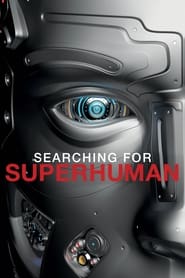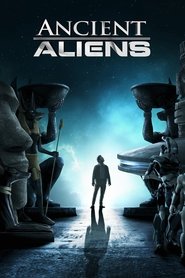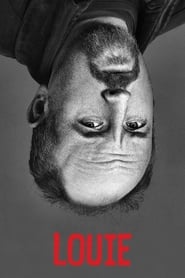Overview: In September 1991 two hikers made a sensational discovery - a frozen body high in the mountains, near the border between Austria and Italy. It turned out to be 5,300 years old, the oldest frozen mummy ever found. Named Ötzi the Iceman after the Ötztal area where he was found, he became a worldwide sensation.
The body was taken to Austria where scientists soon got to work on him. They analysed his bone density to find out how old he was (in his 40s, an advanced age for the time) and examined his wonderfully preserved belongings. The cause of his death remained a mystery. Now archaeologists are being joined by forensic scientists to investigate this unique case and new research has revealed a shocking answer.
The investigation into Ötzi's death started at the scene of discovery. By examining photos which had been taken at the site, Austrian archaeologist Konrad Spindler worked out the layout. He was particularly intrigued by the position of the Iceman's copper axe, which was found propped up against a rock. He believed that this must have been placed in that position by Ötzi himself which meant that everything at the site had been preserved in the position it was when Ötzi died. His body was slumped face down on the ground, his cap lay nearby just as if it had fallen from his head.
Scientists also wanted to know when he died so they examined the ice in which he'd been found. This contained pollen that they could identify as coming from autumn-flowering plants, so they concluded that Ötzi had died in the autumn. Together, this evidence implied that the Iceman might have got caught in a storm and died of hypothermia. Then the scientists looked inside the iceman using X-rays and CAT (Computer Assisted Tomography) scans. They saw what looked like unhealed rib fractures. So Spindler came up with what he called his disaster theory. He believed Ötzi was a shepherd who, one autumn, was returning to his home village with his animals. When he got there he became involved in some kind of argument or battle. He suffered a severe injury to his chest, fracturing his ribs, but managed to escape. He fled into the mountains and made it to the top, but by then he was exhausted from his injuries. He lay down to rest in a sheltered gully where he died of hypothermia and was buried in ice.
The theory seemed to make sense, but it would not go unchallenged for long. In 1998, Ötzi was transferred to Italy since the body had actually been found just inside the Italian border. There the iceman was placed on display in a specially built museum in the town of Bolzano. To put the finishing touch to their display, the museum contacted forensic pathologist Peter Vanezis to reconstruct Ötzi's face, based on the shape of the skull. Vanezis normally works from the skull itself, but in this case, of course, that was impossible. So using the 3D CAT scan data and a rapid prototyping machine, the Austrian team created a detailed life-size replica of the Iceman's skull and gave this to Vanezis. He then used a laser to scan the skull into his facial reconstruction system. This measures the proportions of the skull and shapes a generic face to match. This allowed him to recreate Ötzi's face at last.
Vanezis also wanted to look again at the theory of Ötzi's death, to question assumptions that the archaeologists had made. More and more evidence was questioning the disaster theory. An examination of the contents of Ötzi's intestine found hop hornbeam pollen. This pollen was incredibly well preserved - the cell contents still intact. This could only mean that it had been consumed very soon after the flowering of the plant just before the Iceman died. And since the hop hornbeam only flowers between March and June he must have actually died in spring.
Also, evidence from the body and objects showed that the site had melted at least once and so things weren't necessarily in the same position. And finally, new examinations of the ribs showed that they hadn't been fractured before death - but been bent out of shape after death. Scientists seemed to be back to square one. IIt seemed his death might be shrouded in mystery forever. Then in June 2001, his new custodians, the Italians, decided to X-ray the body again. A local hospital radiologist noticed what looked like a foreign object near the shoulder, a shadow in the shape of an arrow. When they looked at its density they found it was denser than bone, it was the same density as flint. They'd discovered a stone arrowhead embedded in Ötzi's shoulder, which had been missed despite 10 years of intensive study. Now scientists can tell a new story of the Iceman's death. Ötzi was attacked and managed to flee. As he ran he was shot in the back with an arrow. He pulled out the arrow shaft but the head remained stuck in his shoulder. He reached the top of the mountains but was now exhausted and weakened from bleeding. He could go no further, lay down and died.
Although this story fits the latest results, there are still many unanswered questions. Scientists hope soon to conduct an autopsy to remove the arrowhead and only then will we be able to say for certain what killed Ötzi. The Iceman may still be hiding more secrets.




































